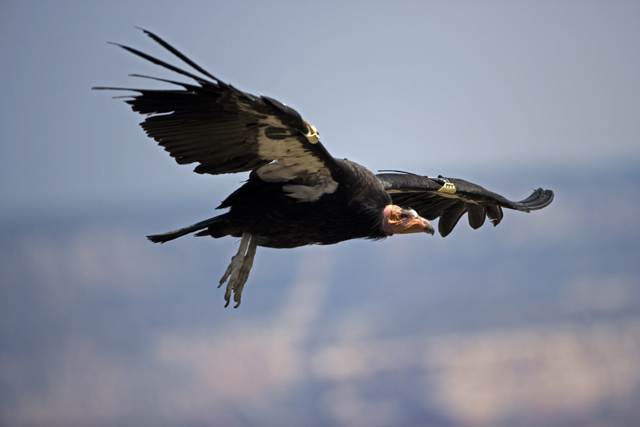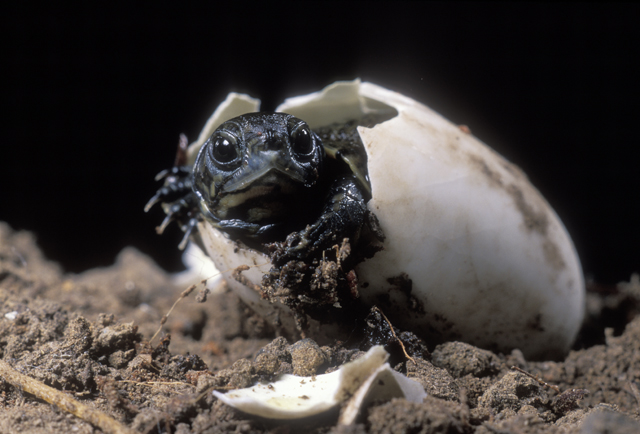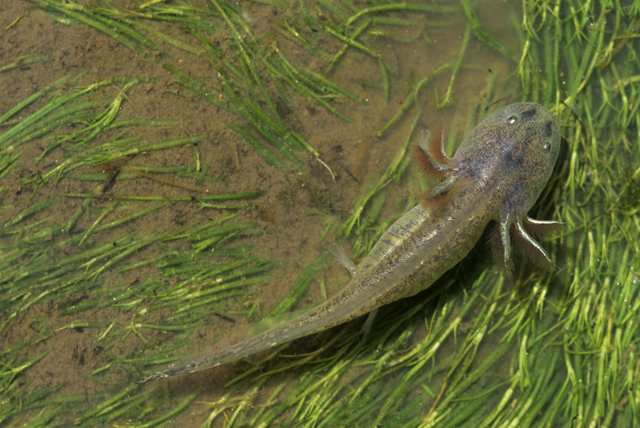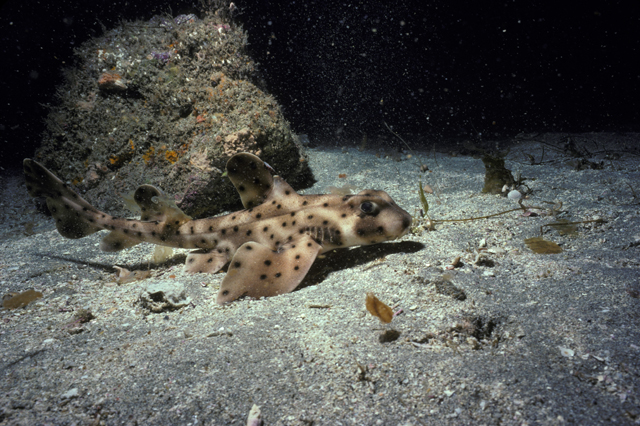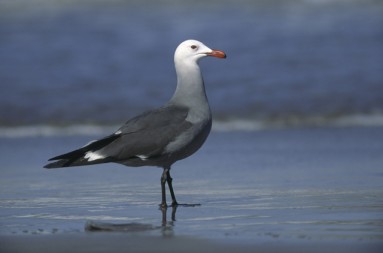
Ever since the Sierra Club’s David Brower first brought pristine wilderness into the living rooms of armchair hikers in the 1960s with the Exhibit Format series, conservationists have enlisted the power of photography to argue their cause. From the beginning, the books struck a chord. The Club made $10 million in just nine years from the series. As John McPhee reported in his classic portrait of Brower, Encounters with the Archdruid, even Brower was “surprised to find that people were willing to pay that much for beauty.”
Brower, who died in 2000, believed that if you wanted people to support wilderness conservation, you had to show them what it was like. ARKive, a digital multimedia repository initiative launched in 2003 by the nonprofit charity Wildscreen, applies the same rationale to wildlife conservation with a goal that would have impressed even David Brower: create a multimedia record of all life on Earth.
Using audio, photos, and film, the project brings species iconic and obscure to the public eye, and includes details about habitat, biology, range, threats, and more based on recent research. Their mission--to use the power of wildlife imagery to promote conservation of the world's threatened species--takes on even more urgency, as most scientists agree we've entered the Sixth Great Extinction. In keeping with their mission, curators started with species most at risk of extinction. Unfortunately, that’s a depressingly long list: close to 20,000 species are on the International Union for Conservation of Nature’s Red List of Threatened Species.
Curators hope their digital archive will help educators, researchers, and anyone who cares about biodiversity raise awareness about the nature and value of conserving threatened plants and animals and the habitat they need to survive. Most any of these materials can be used without restriction in classrooms or at home, though copyright and licensing restrictions limit broader use. (Contact ARKive for more information.)
You can find a number of species that live in the Bay Area, as well as farther afield in California in the ARKive database. Here’s a brief roundup:
